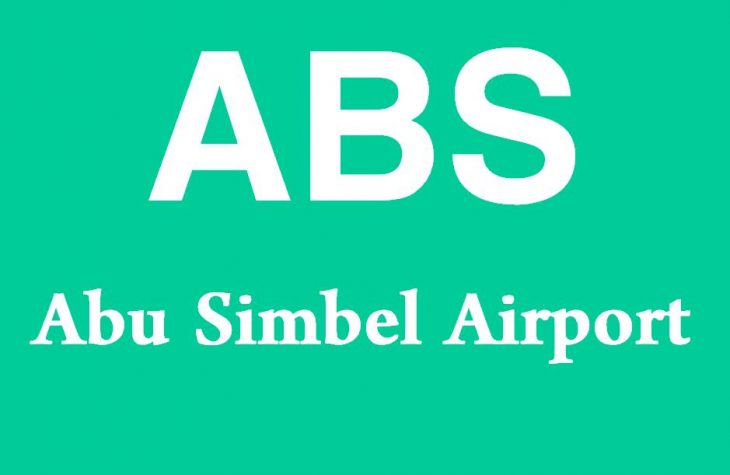Abu Simbel Airport is one of the most important commercial airports in the North African Arab Republic of Egypt, which is predominantly used for tourism. The temple complexes, which are a UNESCO World Heritage Site, are located in Nubia, in the southwest of the country, just before the border with Sudan. There are regular scheduled flight connections to the city of Aswan, approximately 240 kilometers away, and to the capital Cairo , from where further connecting flights are possible.
- URL: Abu Simbel (ABS)
- Time zone: GMT 2
- Service telephone: +20 97 340 1701
- Operator: Ministry of Civil Aviation
- Parking: Yes, there are enough parking spaces available.
- Transport connections: The airport is located approx. 3 kilometers north of the city and approx. 4 kilometers north of the Ramses II Temple.
- Flight distribution by day of the week: Monday (17.21%), Tuesday (14.88%), Wednesday (13.95%), Thursday (15.81%), Friday (20.47%), Saturday (17.67%), Sunday (0.00%)
- andere Schreibweisen: Ebu Simbel, Abou Simbel, Abu Szimbel, Aboe Simbel, Abu Simbel, Abu Simbel, Αβου Σίμπελ, אבו סימבל, אבו סימבל, Əbu-Simbel, אבו סימבל, אבוסמבל, 아부 심벨 신전, מקדשי אבו סימבל, אבו סימבל, Abu Simbel, Abu Simbel, Abu Simbel, Abu Simbel
Location
The airport is only about 3 kilometers north of the town, directly on the highway from Aswan to Abu Simbel.
